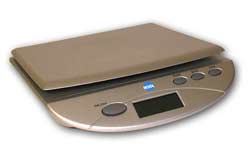The definitive marijuana guide from Cannabis UK
Identification of the CB1 Cannabinoid Receptor and Fatty Acid Amide Hydrolase (FAAH) in the Human Placenta
by
Park B, Gibbons HM, Mitchell MD, Glassa M.
ABSTRACT
Synthetic cannabinoids, the psychoactive components of the Cannabis sativa (marijuana) and their endogenous counterparts, act through two G protein-coupled receptors, CB1 and CB2. The endocannabinoids are metabolized by fatty acid amide hydrolase (FAAH). Previous research has described the impact of cannabis consumption on pregnancy, potential roles of endocannabinoids and abnormalities of FAAH expression in recurrent miscarriage and pregnancy. However, the cellular localization of the CB1 cannabinoid receptor and FAAH in the human placenta has not been determined. We have examined CB1 receptor and FAAH expression in human term placenta by immunohistochemistry. CB1 receptor was found to be present in all layers of the membrane, with particularly strong expression in the amniotic epithelium and reticular cells and cells of the maternal decidua layer. Moderate expression was observed in the chorionic cytotrophoblasts. The expression of FAAH was the highest in amniotic epithelial cells, chorionic cytotrophoblast and maternal decidua layer. Our results suggest that the human placenta is a likely target for cannabinoid action and metabolism. This is consistent with a placental site of action of endocannabinoids and cannabis being responsible, at least in part, for the poor outcomes associated with cannabis consumption and pathology in the endocannabinoid system during pregnancy.
HOME

Sitemap:









